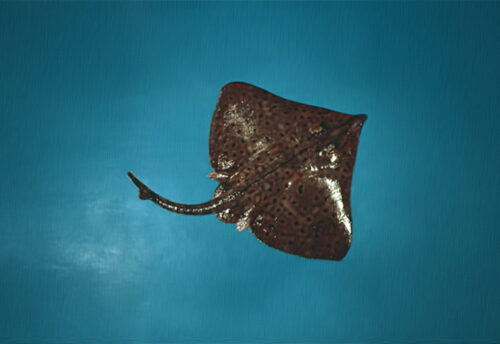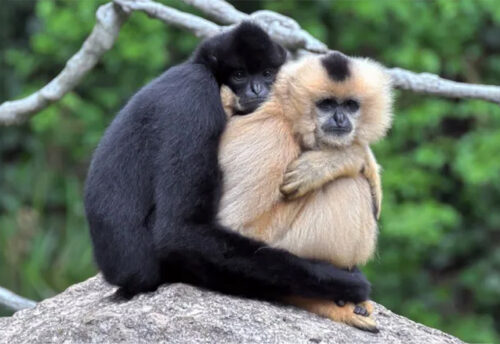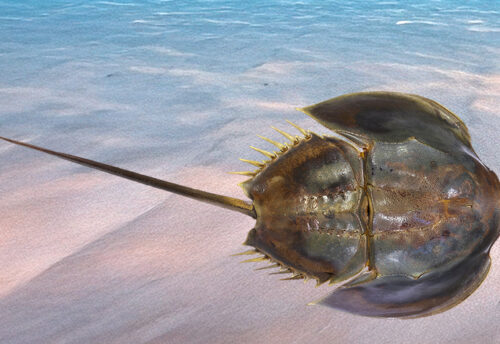
The ringnecked dove (aka, ring-necked dove, barbary dove, laughing dove, white dove, collared dove, and Eurasian collared dove) is a widespread bird which can be found throughout North America, Europe, and Africa. These birds are considered a mildly invasive species in America. They have been known to fly as far as 370 miles from where they were born, which helps aid in their spread. Collared doves breed readily and tend to overpopulate any region they inhabit. The ringnecked dove is listed as Least Concern by the IUCN.
First the Stats…
Scientific name: Streptopelia capicola
Weight: Up to 5 ounces
Length: Up to 12 inches
Wingspan: Up to 22 inches
Lifespan: Up to 23 years
Now on to the Facts!
1.) If you have ever seen a detailed print where a bird has crashed into a window, it’s most likely from a ringnecked dove. Their feathers are very dusty. So much so that, on a window imprint, you can often see the beak, individual feathers, and even the eyelids.
2.) Collared doves are monogamous (mate for life).
3.) Their standard call is a very clear and constant 3 note “coo Coo cuk”.
4.) They are social birds that have been seen in flocks of up to 10,000!
5.) These doves are mostly herbivorous, but will occasionally eat insects and scraps of meat offered to them by humans.
But wait, there’s more on the ringnecked dove!
6.) They construct their nests from a variety of twigs, with no goals to win beauty contests. These birds will also nest in trees, buildings, ledges, guttering, and more.
7.) If the weather is mild, these doves can reproduce year round. This is one reason they have been so successful in overpopulating anywhere they live.
Did you know…?
These doves are known to sometimes carry the disease trichomonosis. This is a disease caused by the protozoan parasite Trichomonas gallinae. It causes a swollen throat, difficulty swallowing, and lethargy. T. gallinae is a parasite that affects only birds and does not pose any risks to humans or other mammals.
8.) A pair may produce as many as 9 clutches of 2 eggs in a single year!
Now a Short Ringnecked Dove Video!
Also, check out the Critter Science YouTube channel. Videos added frequently!
Want to suggest a critter for me to write about? Let me know here.



